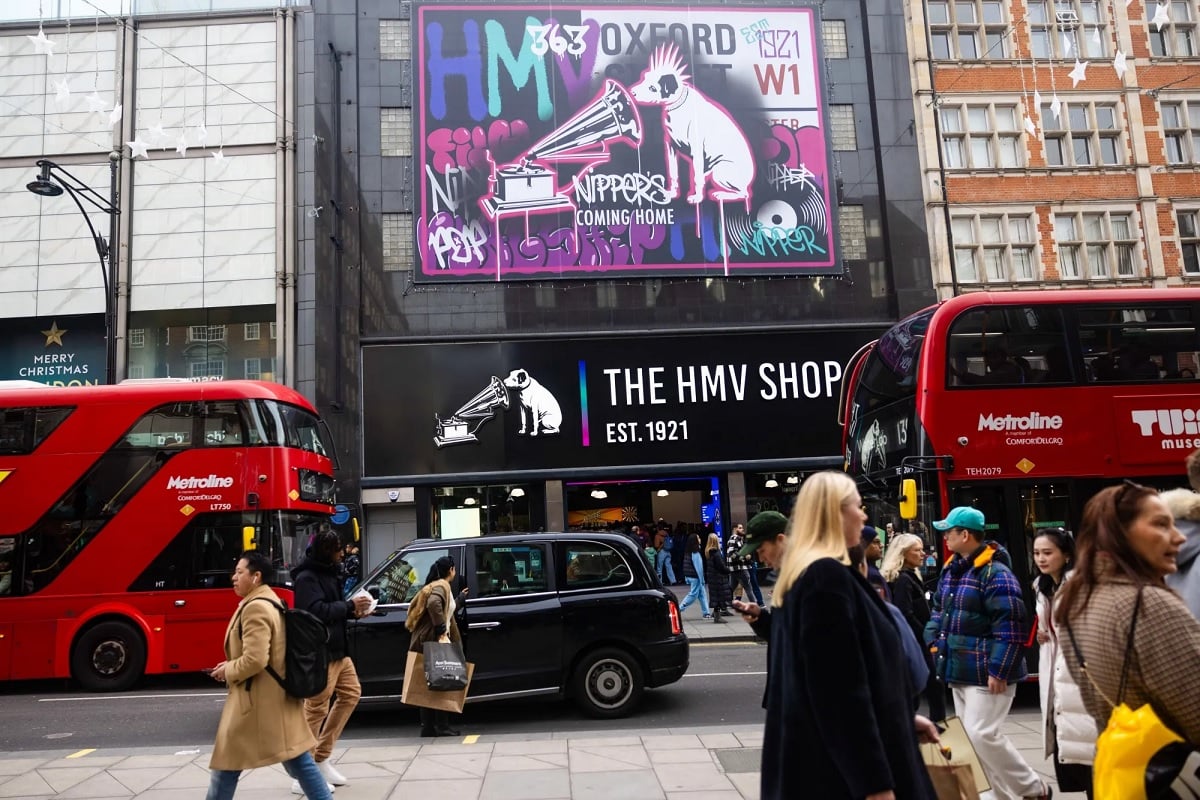
Traffic might soon be banned from a significant portion of London’s busiest shopping district, according to new plans unveiled by the mayor. Sadiq Khan has proposed pedestrianising a 0.7-mile section of Oxford Street, stretching from Oxford Circus to Marble Arch, to enhance the experience for shoppers, residents, workers, and tourists. This initiative is part of a broader regeneration project by the Labour mayor, potentially extending towards Tottenham Court Road.
Currently, vehicle access on parts of Oxford Street is restricted from 7am to 7pm, with exceptions for buses and taxis, except on Sundays. The new proposal would build on these existing restrictions. “Oxford Street was once the jewel in the crown of Britain’s retail sector, but it has suffered significantly over the last decade,” Khan remarked. “Urgent action is needed to revitalise the nation’s most famous high street.”
Khan expressed enthusiasm about collaborating with the new government and local businesses on this project, which aims to rejuvenate the area, create jobs, and boost economic prosperity for both the capital and the country. However, the plan hinges on obtaining approval from housing secretary and Deputy Prime Minister Angela Rayner, who could set up a new Mayoral Development Corporation to grant necessary planning powers.
NEW. The government has backed Sadiq Khan’s previously-thwarted plan to pedestrianise Oxford Street: https://t.co/bvwHCJJeT4 Angela Rayner says it will be good for growth. Westminster Council seems a bit put out. #London #OxfordStreet #Sadiqkhan
— Dave Hill (@DaveHill) September 16, 2024
A statutory consultation period and consideration by the London Assembly are also required. Khan’s previous attempt to enforce a traffic ban in 2018 was blocked by the then-Conservative run Westminster City Council. If approved this time, the project is estimated to cost around £150m, with funding expected from local businesses, new revenue streams, and private investors.
Stuart Love, chief executive of Westminster City Council, emphasised the need for more details on the plan, including its duration and how it will address the concerns of locals and businesses. He mentioned that over the past two years, the council has worked with businesses and residents’ groups to develop a “shovel ready” plan to improve Oxford Street without pedestrianisation. Nonetheless, the council intends to work constructively with the mayor and the government to achieve the best outcomes for all stakeholders.
What Other Media Are Saying
- **The Guardian**: Sadiq Khan’s plan to ban traffic from Oxford Street, despite Westminster Council’s opposition, aims to reclaim the iconic shopping area’s status as a premier retail hub by creating a pedestrian-friendly environment.
**Overview**: Sadiq Khan’s proposal to pedestrianize Oxford Street is met with mixed reactions, as it seeks to revitalize the area but faces resistance from Westminster Council and concerns about bus rerouting and accessibility. (Read more)
- LBC – Sadiq Khan unveils plans to pedestrianize Oxford Street, aiming to transform the iconic street into a beautiful public space boosting economic activity and visitor numbers. (Read more)
- The Mirror reports on London mayor Sadiq Khan’s plan to pedestrianize Oxford Street, aiming to boost the nation’s most famous high street and create new jobs and economic prosperity by restricting traffic. (Read more)
Frequently Asked Questions
Here are some common questions asked about this news
What is the new plan for Oxford Street?
The plan is to pedestrianize a 0.7-mile stretch of Oxford Street from Oxford Circus to Marble Arch.
Who announced the pedestrianization scheme for Oxford Street?
The scheme was announced by Sadiq Khan, the Mayor of London.
What is the main goal of pedestrianizing Oxford Street?
The goal is to boost the experience for shoppers, residents, workers, and tourists.
What needs to happen for the plan to be approved?
The plan requires permission from housing secretary Angela Rayner and a statutory consultation period.
How will the project be funded?
The project is expected to cost £150m and could be funded by local businesses, new revenue streams, and private funders.